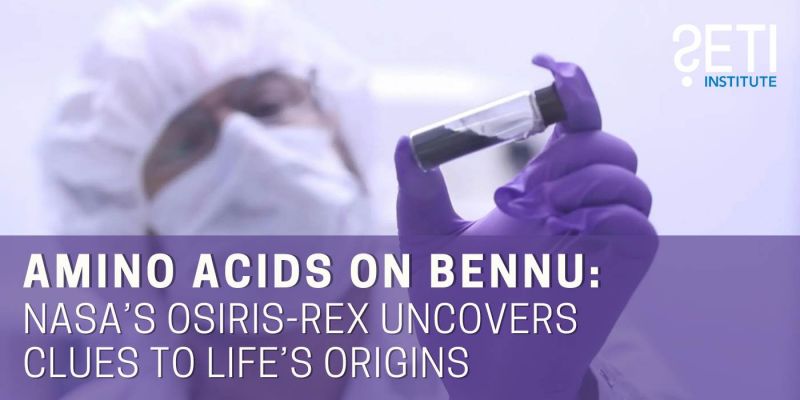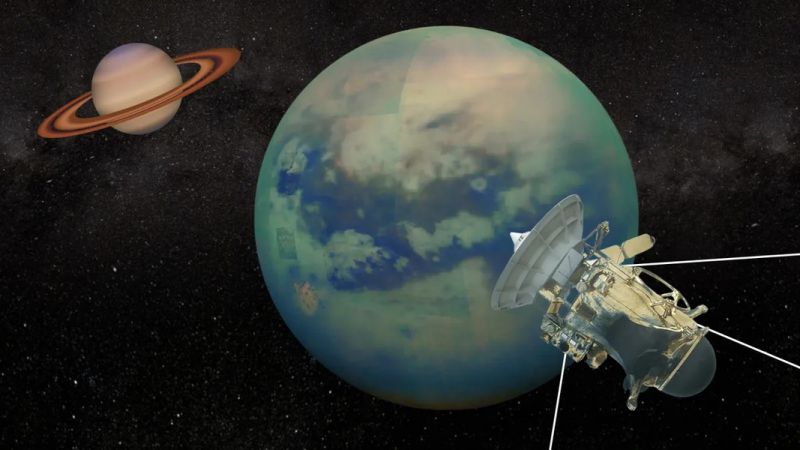
Last week's batch of names adopted by the IAU for some of the asteroids in our solar system included several people who, for almost a lifetime, have been active amateur meteor astronomers in the USA, Netherlands and Belgium. Some of these citizen scientists were honored particularly for their long-time participation in the SETI Institute's Cameras for Allsky Meteor Surveillance (CAMS) project.
CAMS is an international project providing low-light video surveillance of the night sky that aims to map our meteor showers and detect unusual activity. CAMS is a NASA-sponsored initiative led by Dr. Peter Jenniskens of the SETI Institute.
In our solar system, there are over one million known asteroids, small rocky objects, with most of them orbiting the Sun between the orbits of Mars and Jupiter. The debris from some of these asteroids can be perturbed out of the asteroid belt and cause meteors here on Earth. These celestial bodies offer valuable insights into the formation of our solar system and hold clues to Earth's history, including the origin of its water, information obtained from the surviving meteorites that fall to the ground.
How do these asteroids receive their names? The International Astronomical Union (IAU) has overseen this process since the early 20th century. When someone reports the discovery of a new asteroid to the IAU, it is assigned a temporary name to prevent duplicate discoveries. The discoverers, in this case the 1993–2008 LONEOS asteroid survey program run out of Lowell Observatory, can then propose a permanent name with a few naming restrictions (naming asteroids after pets is discouraged, for example). Lowell Observatory astronomers are participating in the CAMS project.
The IAU's Working Group Small Bodies Nomenclature officially announced the newly accepted names in the IAU Working Group for Small Bodies Nomenclature Bulletin of 2023 October 16. The new asteroid names are: 38639 (Samuels), 38642 (Breukers), 38643 (Scholten), 38667 (de Lignie), 38823 (Nijland), 38827 (ter Kuile), 38828 (Van 't Leven), 38829 (Vandeputte), 38830 (Biets), and 38967 (Haas). Congratulations to these citizen scientist enthusiasts for their recognized contributions to meteor shower research.
CAMS project: https://meteorshowers.seti.org
To find information on the citations, enter the asteroid number here: https://cneos.jpl.nasa.gov/





